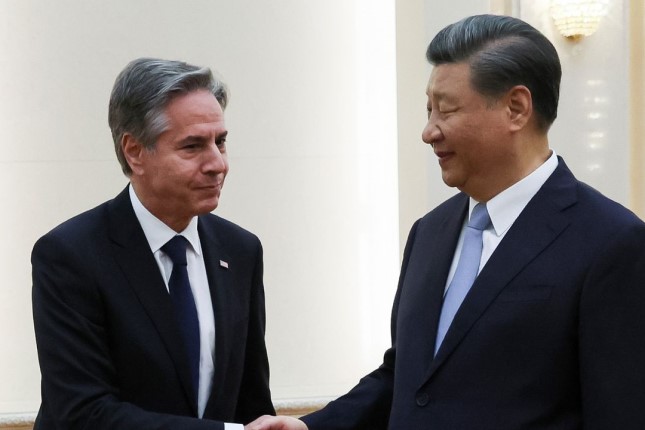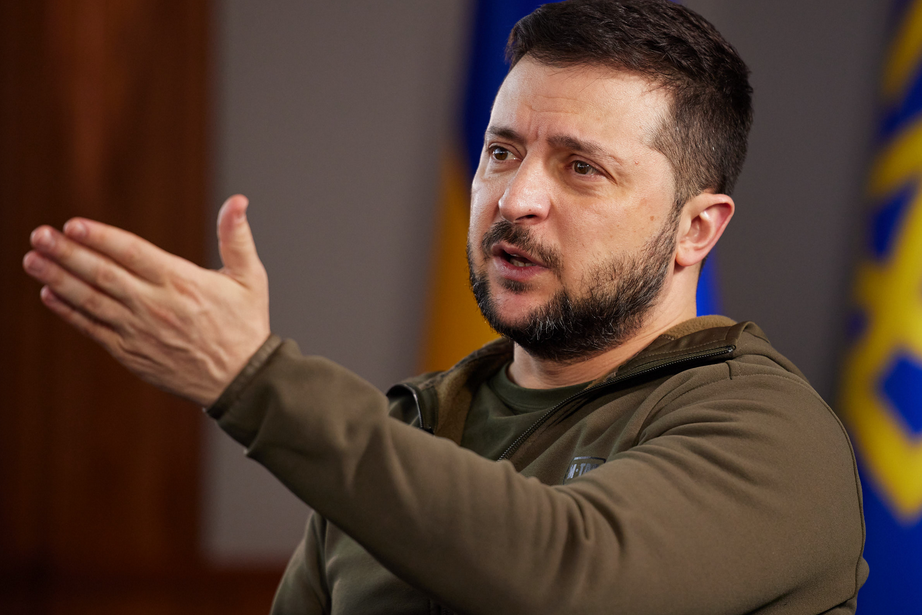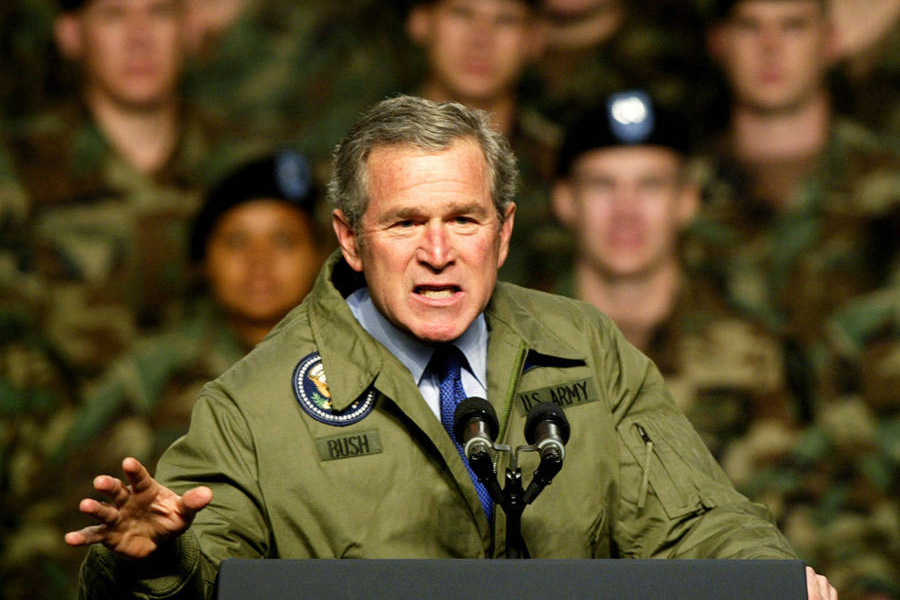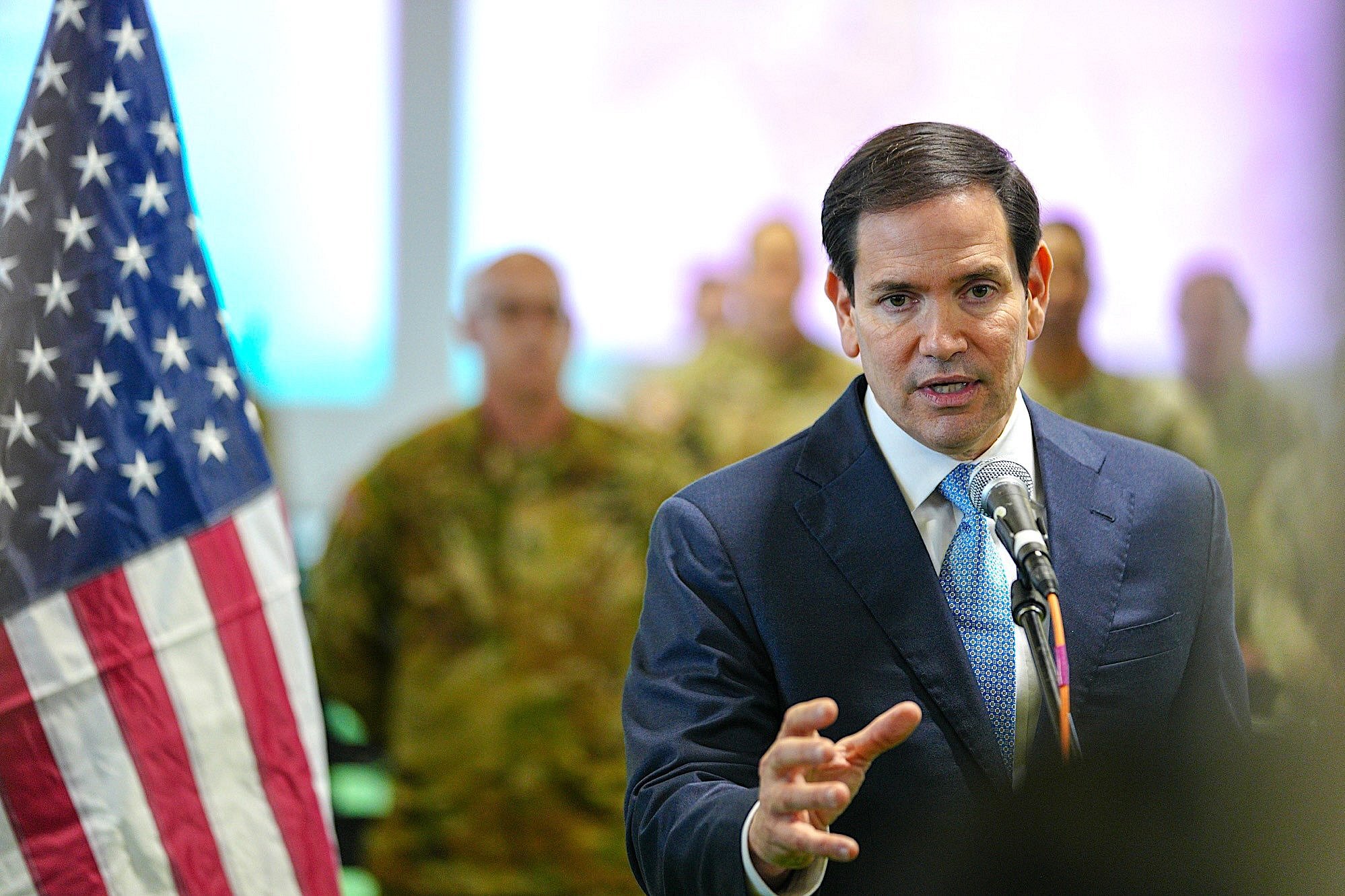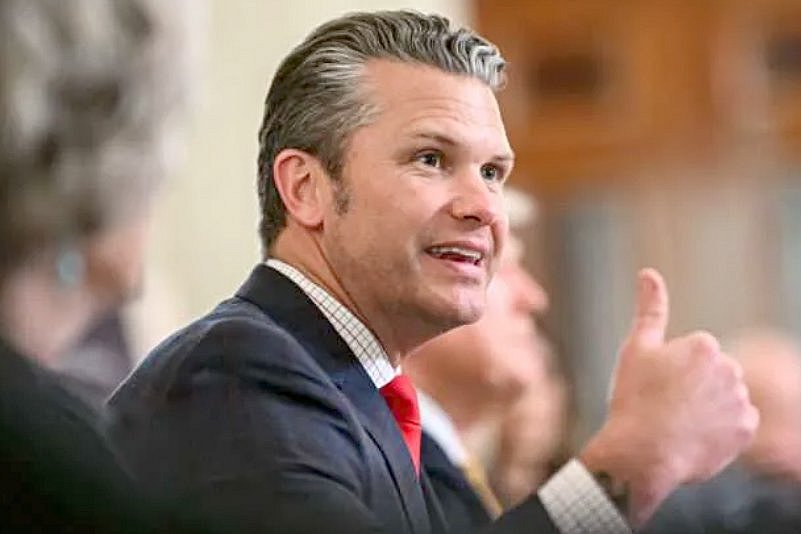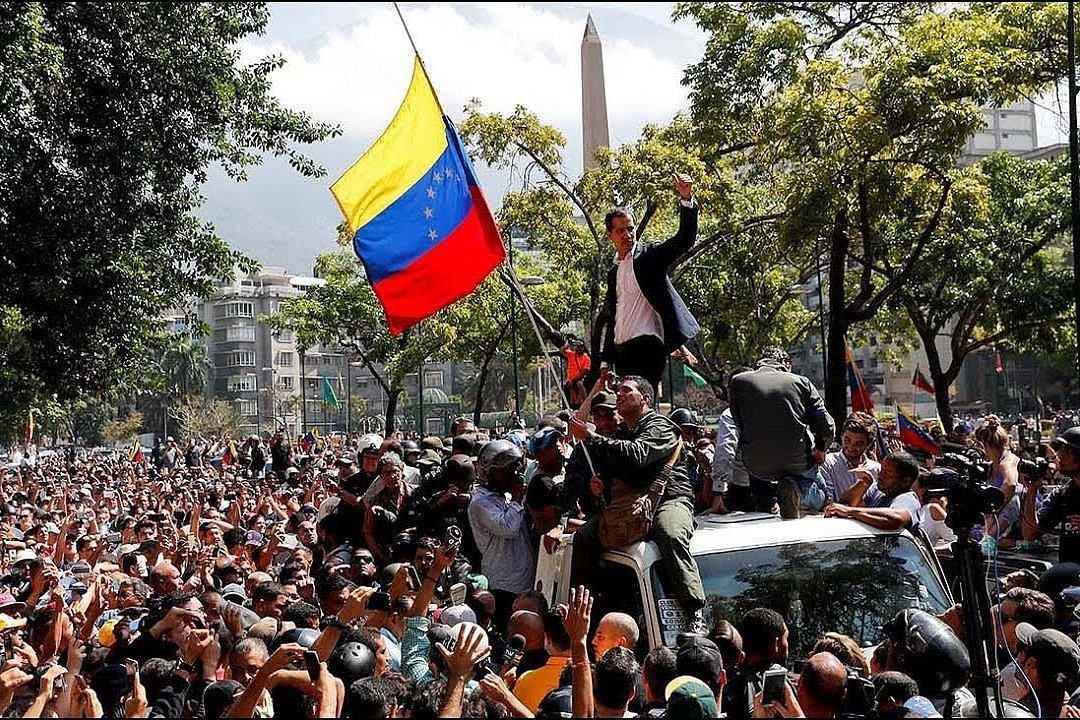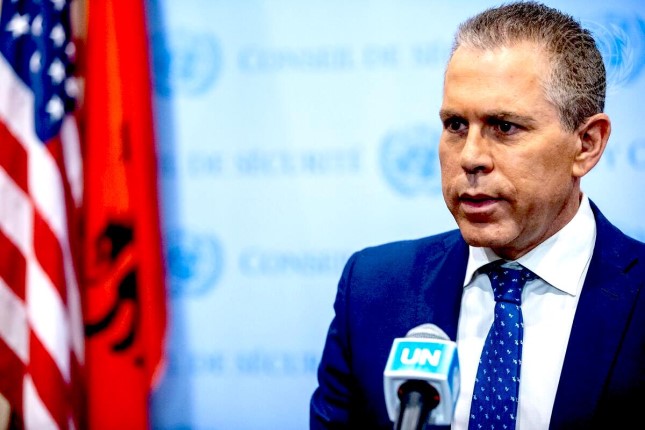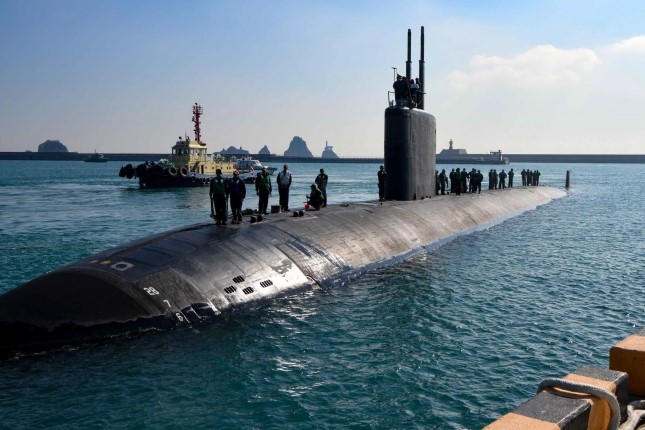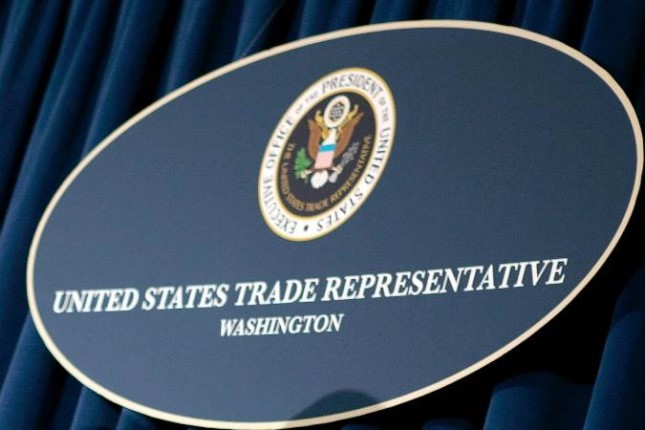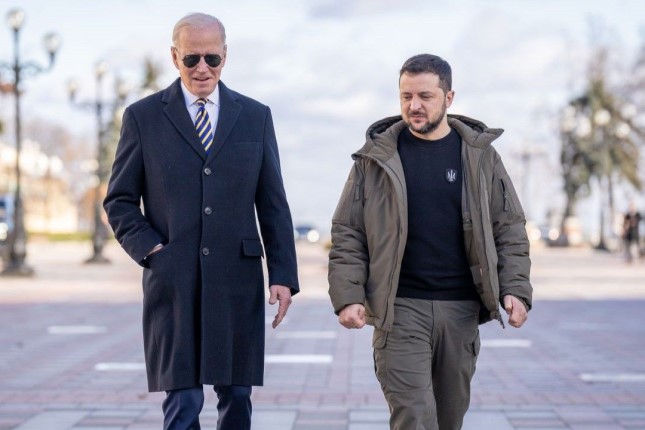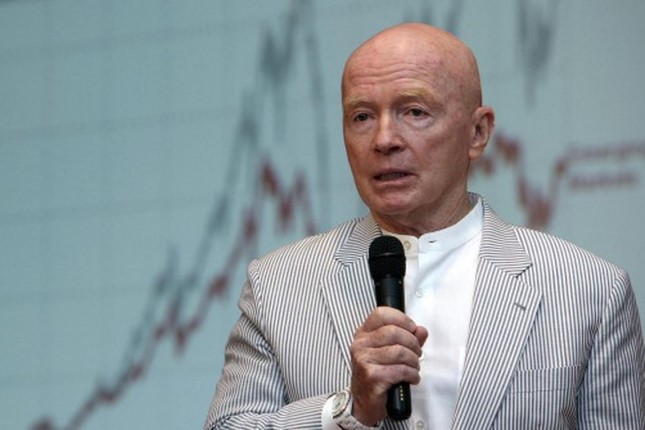US Secretary of State Antony Blinken concluded a two-day visit to China yesterday after meeting with Chinese President Xi Jinping and holding hours of talks with the country’s foreign affairs officials. Blinken’s trip was a cynical attempt to put the US confrontation with China on hold and ease mounting tensions with Beijing as a drastic US-NATO military escalation is being prepared in the war against Russia in Ukraine.
Since taking office, the Biden administration has only intensified the diplomatic, economic and military measures taken under Obama and Trump to contain and weaken China in preparation for conflict. The deterioration in US relations with China was underscored in February when Blinken’s planned visit to Beijing was cancelled after the US Air Force shot down a Chinese balloon over US airspace on unsubstantiated claims that it was spying on military bases.
Blinken arrived in Beijing declaring hypocritically that the US did not seek to contain or want conflict with China. Prior to meeting with Xi, he assured that Washington would join with Beijing in stabilizing the relationship between the two countries. In other comments, Blinken stated that the US would “responsibly manage that competition so that the relationship does not veer into conflict.”
A modicum of diplomatic decorum was maintained during the two days. However, none of the bilateral points of contention that have been deliberately inflamed by the US was resolved. And public comments pointed to the angry exchanges that took place behind closed doors in what Blinken described in diplomatic language as “candid, substantive, and constructive discussions.”
Blinken met with China’s top foreign affairs official Wang Yi for three hours on Monday. According to a statement from China’s Ministry of Foreign Affairs, Wang had “demanded that the US stop hyping up the ‘China threat theory’, lift illegal unilateral sanctions against China, abandon suppression of China’s technological development, and refrain from arbitrary interference in China’s internal affairs.”
The Biden administration has not only maintained tariffs imposed under Trump on some $360 billion in trade with China, but extended unilateral sanctions on Chinese officials allegedly associated with human rights abuses and imposed unprecedented export controls on the sale of advanced semi-conductors in a bid to cripple Chinese industries technologically. Far from making any concessions, Blinken defended the decision on grounds of national security despite the sweeping scope of the export controls.
Nor did Blinken make any move to defuse dangerous tensions over Taiwan that the US has deliberately stoked by accelerating closer political and military ties with Taipei, undermining the “One China” policy that is the bedrock of diplomatic relations between Washington and Beijing. Under the One China policy, which it increasingly observes in name only, the US de facto recognises Beijing as the legitimate ruler of all China, including Taiwan.
In its statement, the Chinese foreign ministry blamed Washington’s “erroneous perception of China, leading to incorrect policies towards China” for the current “low point” in relations between the two countries. Blinken’s visit, it warned, coincided “with a critical juncture in China-US relations, and it is necessary to make a choice between dialogue or confrontation, cooperation or conflict.” It called on the US to halt “the spiralling decline of China-US relations to push it back to a healthy and stable track.”
Very little of substance was agreed during the talks. Five hours of talks between Blinken and Chinese Foreign Minister Qin Gang ended with what were described as modest gains—an agreement to meet again and to organise “working-level” meetings on specific challenges. Qin said the two had discussed increasing passenger flights between China and the US, and encouraging more exchanges of students, scholars and businesspeople. Qin accepted an invitation to visit Washington later in the year. Later, Xi indicated that he might meet with Biden during an Asia-Pacific Economic Cooperation (APEC) leaders’ summit in San Francisco in November.
However, Blinken acknowledged that one of his priorities during the visit had been the re-establishment of a military-to-military communications channel between the two countries, which had not been agreed. The US claims that such a mechanism is essential to avoid dangerous incidents in waters and airspace around China. The US, however, has deliberately heightened the dangers by carrying out provocative naval and air operations in the name of “freedom of navigation” in the South China and East China Seas, including through the Taiwan Strait.
Washington had used the US-NATO war against Russia to heighten tensions with China over its failure to condemn Russia’s invasion of Ukraine. In late February, Blinken confronted Wang on the sidelines of the Munich Security Conference, accusing China of “considering” providing lethal aid to Russia. China responded by freezing important diplomatic exchanges.
On Monday, Blinken acknowledged that China had reassured the US and other countries that it had not and would not provide lethal assistance to Russia for use in Ukraine. “We appreciate that, and we have not seen any evidence that contradicts that,” he told reporters. Without offering a shred of evidence, he nevertheless expressed “concerns” that Chinese firms might be providing technology to Russia that could be used for the war in Ukraine, and called on the Chinese government to be “very vigilant.”
The limited outcome of Blinken’s visit, the first by a US secretary of state since 2018, underlines the fact that it was a tactical manoeuvre to “stabilise” relations with China as the US escalates its war with Russia in Ukraine. The strategy of US imperialism remains focussed on China as the chief threat to its global economic and military dominance, as the US military build-up in Indo-Pacific continues apace.
A recent comment in Foreign Policy by former Assistant Secretary of State A. Wess Mitchell bluntly set out the thinking in American security circles known as “sequencing”—first the military defeat and subordination of Russia, and then a war to crush its chief rival, China.
In the article entitled “A drawn-out Ukraine war should not change US strategy,” Mitchell argued the US should still pursue the approach he elaborated last year “to deal decisively with the weaker of its two big-power adversaries before the stronger of the pair was ready for a full-scale challenge.”
Responding to criticisms that the war in Ukraine was dragging on without achieving US objectives, Mitchell declared that “sequencing remains the best strategy for the United States to handle the two-front challenge from China and Russia.” After noting that the US estimates China was not ready for a war over Taiwan for two to five years, he praised the “galvanising effect” of the conflict in Ukraine “in accelerating the US military’s accumulation of vital stocks and overall preparedness for war—not to mention prompting greater defense seriousness among US allies in Europe and Asia.”
Photo: US Secretary of State Antony Blinken shakes hands with Chinese President Xi Jinping in Beijing, China, Monday, June 19, 2023 © AP Photo / Leah Millis / Pool Photo.
Source: World Socialist Web Site.
